On a clear June afternoon in 2024, a twin-engine Cessna 421C was soaring westward over the Colorado Rockies. Its destination: Ogden-Hinckley Airport in Utah. But somewhere over the town of Yampa, the flight took a fateful turn that would end tragically near Steamboat Springs. Two people lost their lives that day—a stark reminder of how quickly things can unravel in the air when mechanical issues and in-flight decisions intersect.
The Pilot and the Aircraft
The pilot at the controls was a 67-year-old private pilot with an instrument rating. He was not a professional aviator, and his flying appeared to be largely recreational. According to his last FAA medical application in September 2023, he claimed 600 total flight hours with 10 in the preceding six months. However, his logbook showed only 383.2 logged hours in total and 59.2 in the Cessna 421C—a pressurized, complex multi-engine aircraft known for its performance but also its demand on pilot proficiency.
The Cessna 421C, registered as N245T, had a long flying history. Built in 1980, it had over 3,100 hours on the airframe and was powered by a pair of Continental GTSIO-520-F-K engines. The aircraft had been modified with vortex generators in the mid-1990s to improve stall characteristics and reduce minimum control speeds—a crucial detail, as it would turn out.
A Flight Interrupted
The flight departed Longmont, Colorado, at 3:15 p.m. Mountain Time on June 17. Everything appeared normal until about 40 minutes later, when the pilot radioed ATC near Yampa to report a “cylinder temperature issue.” He requested a diversion to Steamboat Springs (KSBS), and ATC cleared him for a visual approach to runway 14.
But as he neared the airport, the situation grew more complex. The pilot overflew KSBS and requested to be vectored back for another approach. Then, oddly, he asked to divert again—this time to Northern Colorado Regional Airport, a much farther destination. During this leg, around 4:09 p.m., he reported that the left engine had lost power. ATC directed him back to Steamboat Springs for an emergency landing.
The Desperate Approach
ADS-B data shows the aircraft was attempting to land on runway 32 at Steamboat Springs. At 825 feet above the ground and traveling at 107 knots, it was on final approach. Just six seconds later, the data ended with the aircraft at 135 feet AGL and only 40 knots—well below safe flying speed, especially for a twin-engine plane with one engine out.
A pilot-rated witness reported seeing the aircraft make a steep 60° bank turn before entering a stall/spin. The plane crashed into a trailer park 0.4 miles short of the runway and erupted in flames.

What Went Wrong Mechanically?
The investigation revealed several issues with the left engine, which had lost power during flight:
- The starter adapter spline was worn, and teeth on the crankshaft gear were broken.
- Improper hardware was found on the No. 6 cylinder intake valve.
- There was evidence of detonation on the piston heads.
- Due to fire damage, the fuel and ignition systems could not be fully tested.
Critically, the installed digital engine monitor, which could have offered real-time insights into engine performance, was destroyed in the post-crash fire.
While the starter adapter had been inspected just a few flight hours before the accident, its failure may have contributed to the power loss. Moreover, potential mistiming of the magnetos due to possible idler gear slippage couldn’t be ruled out—an error that could elevate cylinder head temperatures and cause abnormal engine behavior.
The Human Factor
The NTSB determined the probable cause of the accident to be the pilot’s failure to maintain sufficient airspeed following the engine failure. This led to an aerodynamic stall and spin at low altitude—an unrecoverable situation in most light twin aircraft.
Notably, the pilot had not logged any recent simulator or dual instruction in engine-out procedures, and his last logged flight review was in 2022. Although the instructor remembered including simulated engine-out scenarios, she couldn’t recall the specifics of the review or which aircraft was used.
The aircraft’s single-engine minimum control speed (Vmca) had been reduced via STC to 73 knots. Yet, the aircraft was well below that speed when it entered the stall, leaving little chance for recovery.
Safety Takeaways
This tragedy highlights several critical safety lessons for general aviation pilots—especially those flying complex, high-performance twins:
- Proficiency is perishable: Managing an engine-out scenario requires immediate and correct action. Regular training in simulators or with instructors can keep these skills sharp.
- Airspeed is life: In engine-out conditions, maintaining at least Vmca is essential to keep control of the aircraft. Once below this threshold, especially at low altitude, options are few.
- Decision-making under pressure: The pilot’s mid-flight changes in destination suggest confusion or indecision, which can compound already stressful situations.
- Mechanical vigilance: Even recent inspections don’t guarantee mechanical reliability. Pilots must be prepared for the unexpected and trained to manage it effectively.
Final Thoughts
The skies over Colorado that day were clear, but the combination of engine trouble, altitude, and human factors brought down an otherwise capable aircraft. This story underscores the importance of preparation, awareness, and discipline in aviation. In the complex world of flying, even one misstep—mechanical or human—can prove unforgiving.

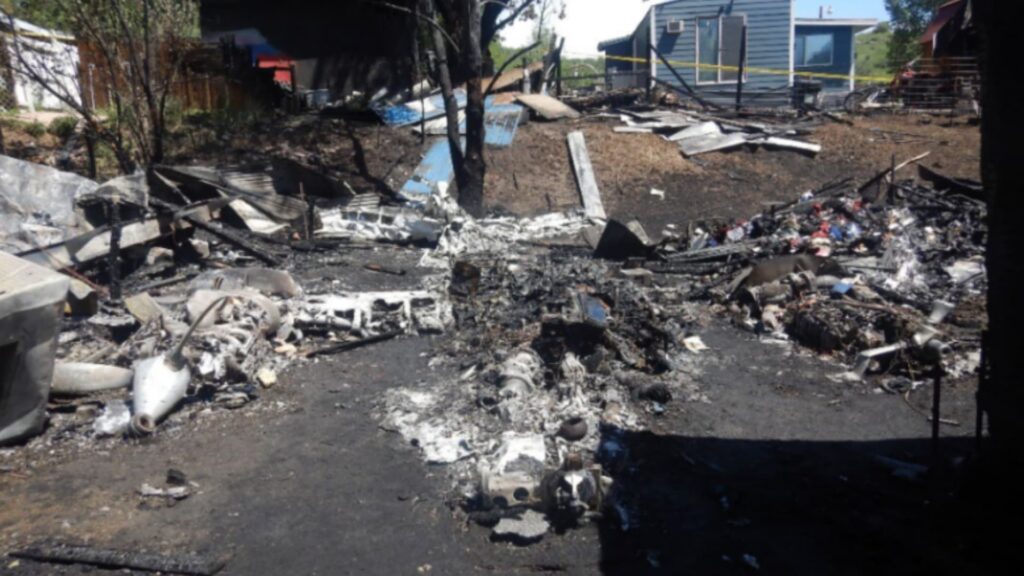


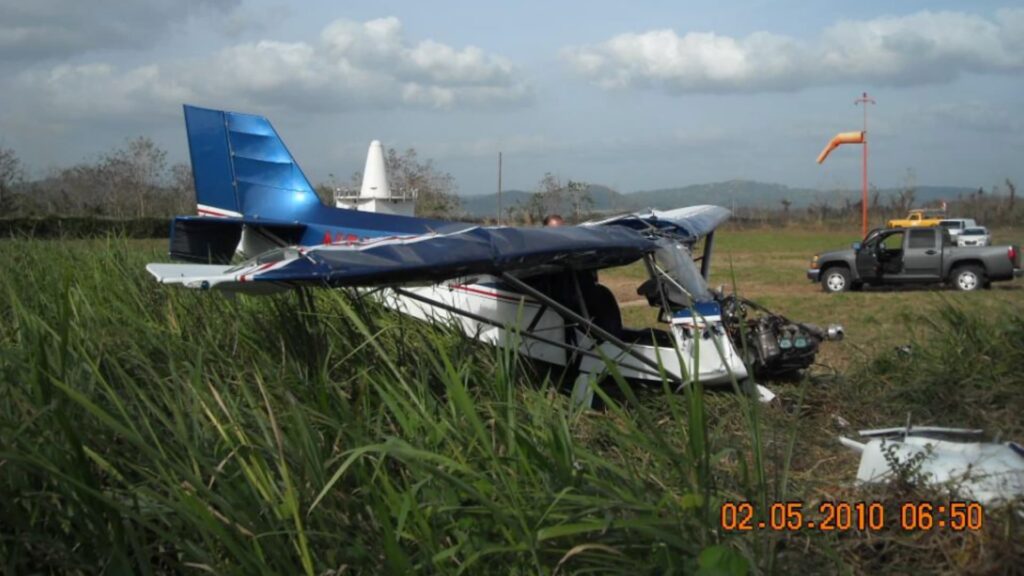
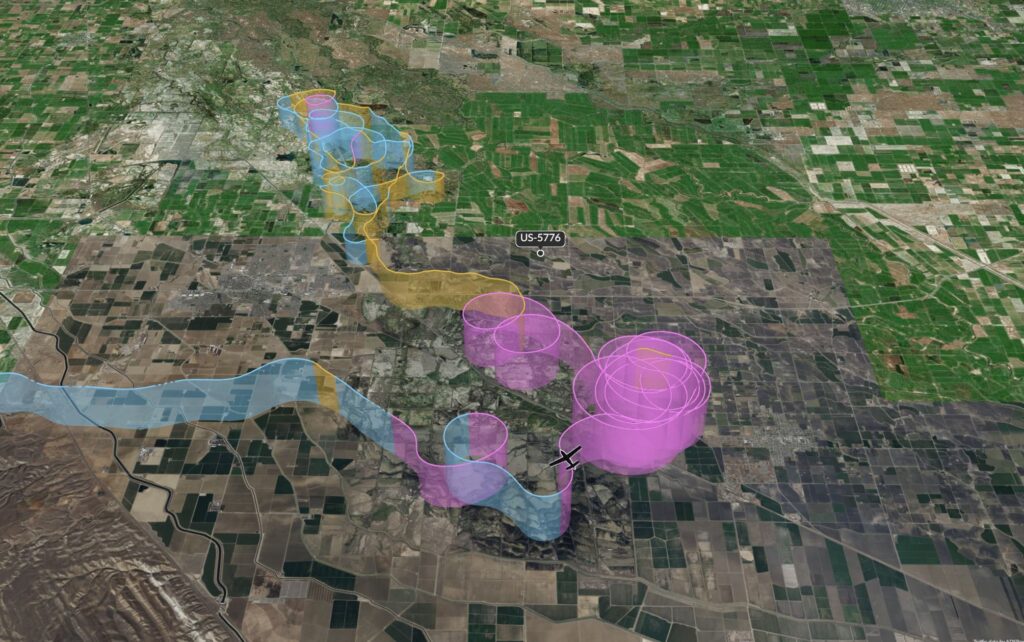
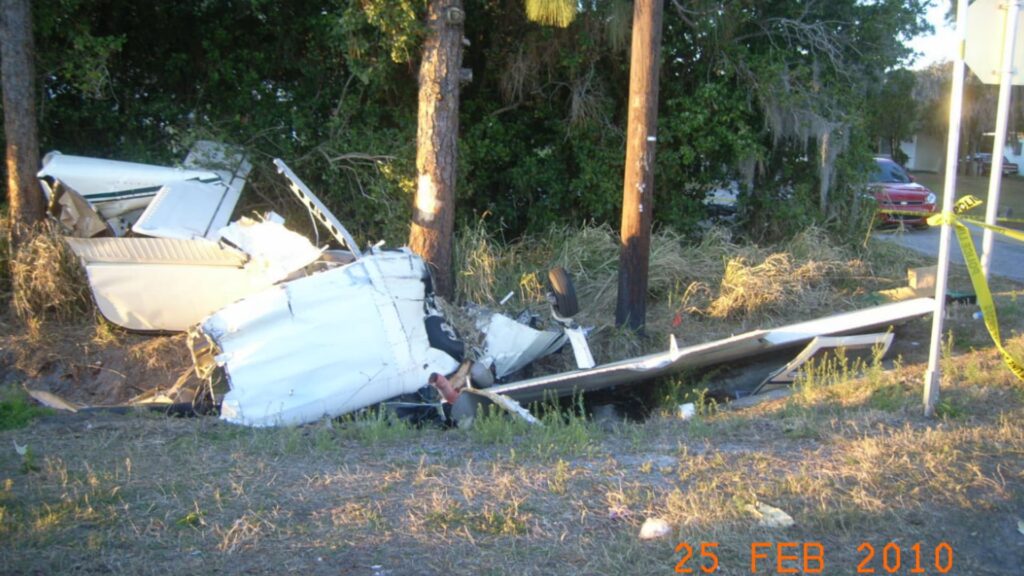
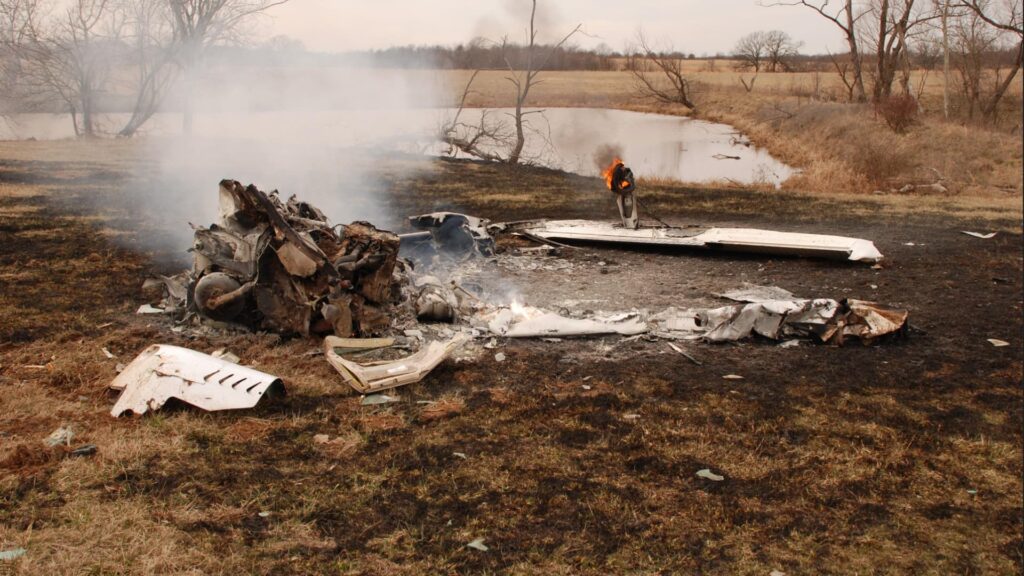
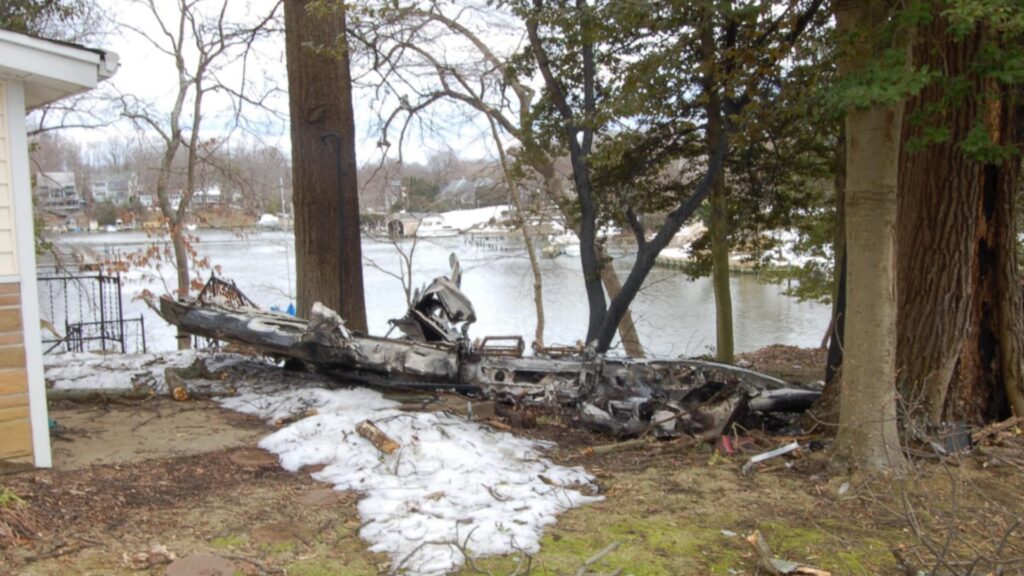
4 Comments
Its amazing how many people do not take skill and training seriously and they are dumb enough fly . Pilot skills are not something u can develop only if u have time to get to them. It takes regular time and lots time, study, and money to do this. Its not like playing golf or other recreational activities.
I recently received the FAA Wright brothers master pilot award for 50 year of safe flying. I’m rated multi engine, instrument, commercial. I have about 400 multi engine hours and have owned two light twins. no way what I ever consider being PIC in a 421 which is a very complex twin, without a lot of detailed experience.
Vortex generators on a Cessna 421 !!?? Ugh
I sat in an F15 fastened to the tarmac with engines running at Mountain Home AFB while my son was stationed there. That was fun but my hands were in my lap as instructed by the Master Sergeant. “Flying” my Corvette is as close as I will ever get to being a “pilot”. However, I am fascinated with aviation and find your debriefs to be very interesting.